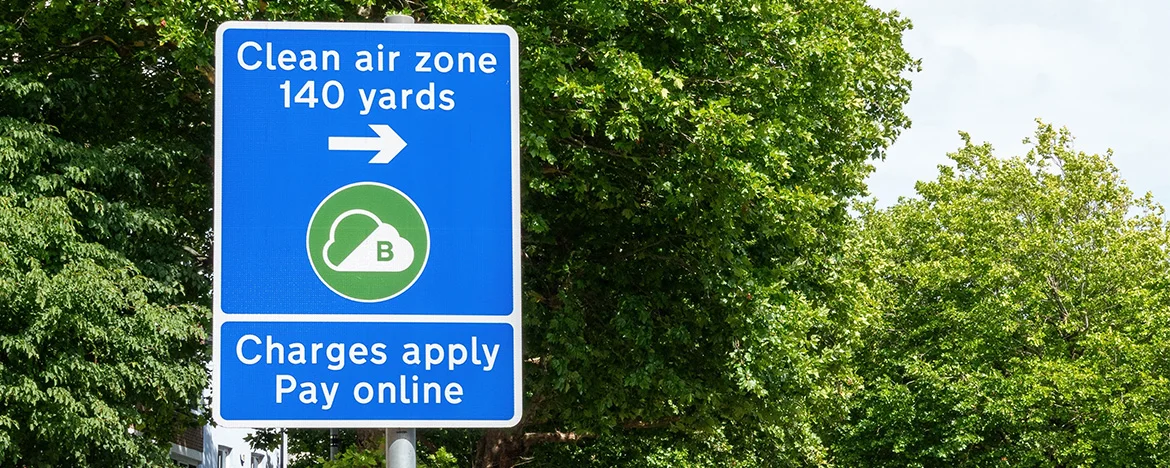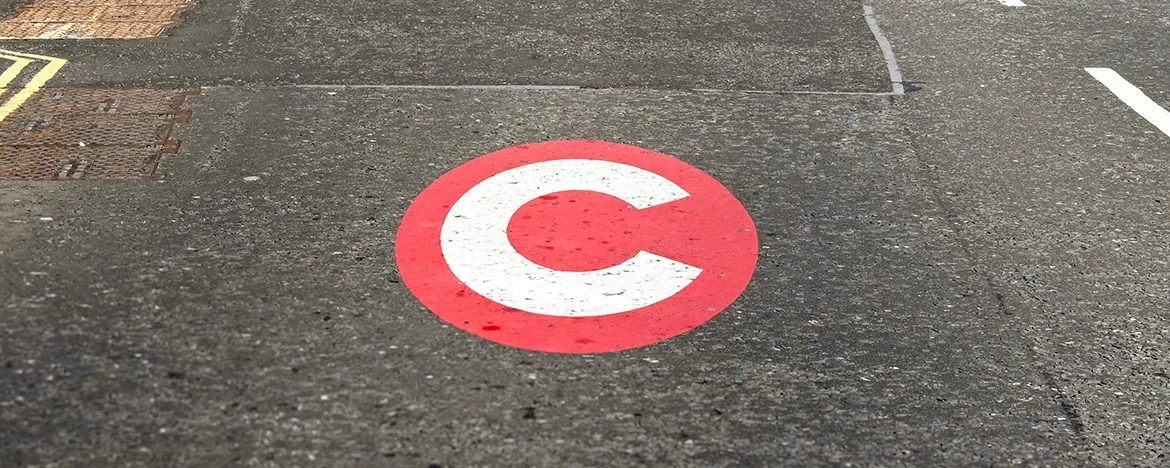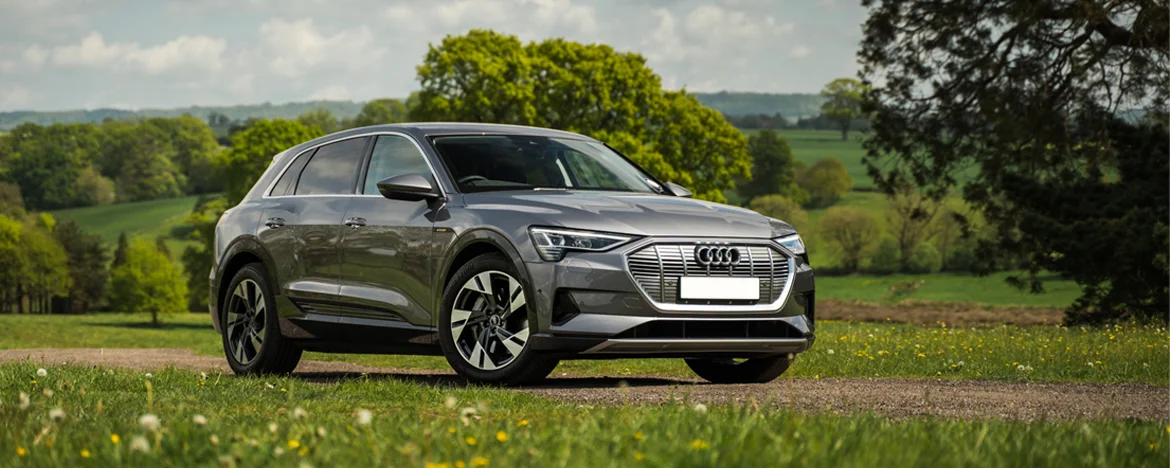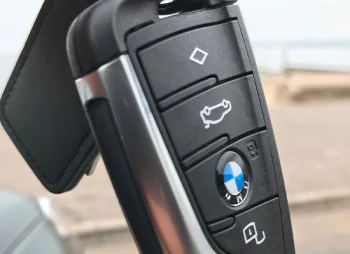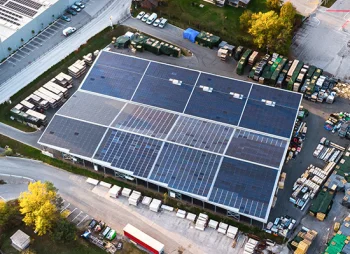The impact of congestion charging on fleets
The Congestion Charge or Clean Air Zone charges directly impact your fleet’s operational costs because if your fleet vehicles are frequently entering zones that are trying to improve air quality, these substantial charges will start to add up, especially if you have multiple fleet vehicles.
In fact, research by Peugeot UK found that Low Emissions Zones, Clean Air Zones and Zero Emissions Zones have generated more than £418 million in fees and penalty charges since March 2021, while Driving Monitor state that the extension of London’s ULEZ this August to cover all London boroughs will cost fleets an extra £54 million a year.
So, if your fleet vehicles often travel into these congested zones, you’ll probably want to consider an electric fleet.
With more and more cities introducing Clean Air Zones, fleets need to consider the advantages of switching to ultra-low or pure electric vehicles since they’re exempt from the charge.
With the government pushing for the 2030 ban on the sale of ICE vehicles, you’re probably already thinking about electrification, but your business could be saving a lot of money by avoiding the congestion charge.
Switching to electric vehicles isn’t a quick process, so it will take time to prepare for an EV fleet, but it does provide long-term benefits. There are government incentives in place to help businesses who are looking to upgrade their fleet to more environmentally friendly vehicles.
It’s also important to point out that although it’s currently unknown if this will be the case for other cities, all electric vehicles will no longer be exempt from London’s ULEZ charge from 25th December 2025.
So even with an electric vehicle fleet after this date, if your vehicles travel through and around greater London, you eventually might start trying to avoid these areas which can reduce your fleet’s efficiency, increase travel time and impact schedules, reducing your fleet’s overall productivity.

